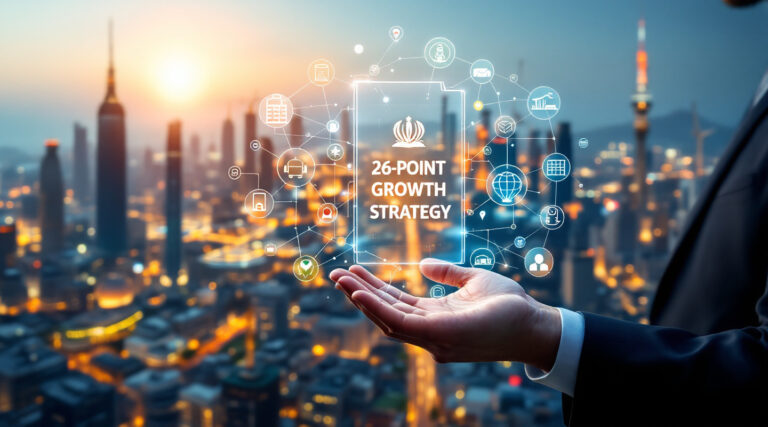The Rise of Digital Doubles in Fashion
Artificial intelligence (AI) integration into business settings is becoming commonplace, including in marketing and advertisement strategies. Over the course of a few months, H&M has implemented AI marketing strategies that have been employed by several other companies. The Swedish multinational retail company plans on developing “digital twins” of real-life models. This shift has the possibility to change how fashion brands might showcase their collections on social media and websites. The new and creative approach of making reproductions of real-life models for marketing campaigns and social media is AI-driven and puts the consent of the models at the forefront.
Models Onboard for the Digital Leap
Thirty models so far have agreed to have their virtual copies made. Among the thirty is Mathilda Gvarliani, a supermodel who appeared on the cover of Vogue Netherlands’ “New York” issue in March 2024. The decision by well-known works like Gvarliani is suggestive of a willingness to explore AI in the fashion space, even if it is still in the early phases. The decision has faced criticism, as well as rejoicing for taking such a bold move for the fashion world and its technology.
H&M’s Vision: Human Touch and Creativity
H&M Sweden’s chief creative officer, Jörgen Andersson, explained the reasoning behind the company’s exploits. He quoted, “Creativity and radical curiosity have always been central to H&M.” He elaborated on their business outlook for the future by saying that they are “exploring generative AI for new ways to tell their designs while staying human-centric.” He stressed the fact that he believes AI technology has great potential by saying that the possibilities are nearly limitless. In this regard, these remarks emphasize how H&M believes AI can help showcase their fashion lines while keeping their human aspect the primal focus.
AI Automation and Model Rights Controversy
Contrary to H&M’s bright view, the decision has sparked noteworthy conversations in the fashion world. Influencer Morgan Riddle has taken center stage as a hit-back critic and posted on Instagram to share why she was bothered. For commentators, she underscored the issues the tech poses to the economic prospects of fashion people, especially to models. Also, she raised valid points over who owns the rights to those models in this new digital world. In my view, she worries about creative and job opportunities being present in this new technological era, explaining the ethical issues of AI posing as a human.
Safeguarding Models’ Rights in the Digital Landscape
To address these issues, H&M has underlined the steps they are taking to safeguard the models’ rights. As one of the company’s representatives said in a press conference, “the models have control over how their digital replicas are utilized.” This statement was meant to reassure the models that they will not become powerless over their image and likeness exploitation in the digital world. In addition, H&M has pledged that the models will be equitably compensated for the digital replicas of themselves the company intends to create, just as they would with traditional imaging. Besides, the company intends to clearly mark the photos of the initial AI avatars they will post on social media as “AI model” to distinguish the content created with AI. This is meant so that it will be evident to users that what they are shown are AI-generated images and that the company is pioneering marking such content in AI-driven marketing.
Following the Footsteps of Innovation
Brand H&M is not the first company to use AI-created models for advertising. In 2023, Levi Strauss & Co. worked with the Amsterdam-based company Lalaland to create an ad campaign for their clothing that featured diverse body types using AI-generated models. Just recently, in July 2024, the Mango Fashion brand launched their first ad featuring an AI model. These attempts are signs of the growing interest in the fashion world to capitalize on new technologies, especially in AI for marketing, due to the greater efficiency, cost, and inclusivity that can be achieved. H&M’s move into this area further confirms the narrative that AI is increasingly becoming a reality in the fashion world.
Navigating the Future of Fashion Marketing
H&M’s deployment of AI to create digital model ‘twins’ is a striking investment in the future of fashion marketing. The decision has already sparked controversy around innovation, its consequences on the industry, and models’ rights, yet it illustrates a fundamental shift in how fashion brands may seek to engage their customers in the future. As artificial intelligence develops, more fashion companies are likely to pursue such strategies, leading to further debates concerning ethical boundaries, imaginative frontiers, and the essence of representation in contemporary society’s digital landscape. H&M’s industry watermark images will indeed be the subject of scrutiny as the industry monitors the success of this experiment and its implications for the future of fashion marketing.

















